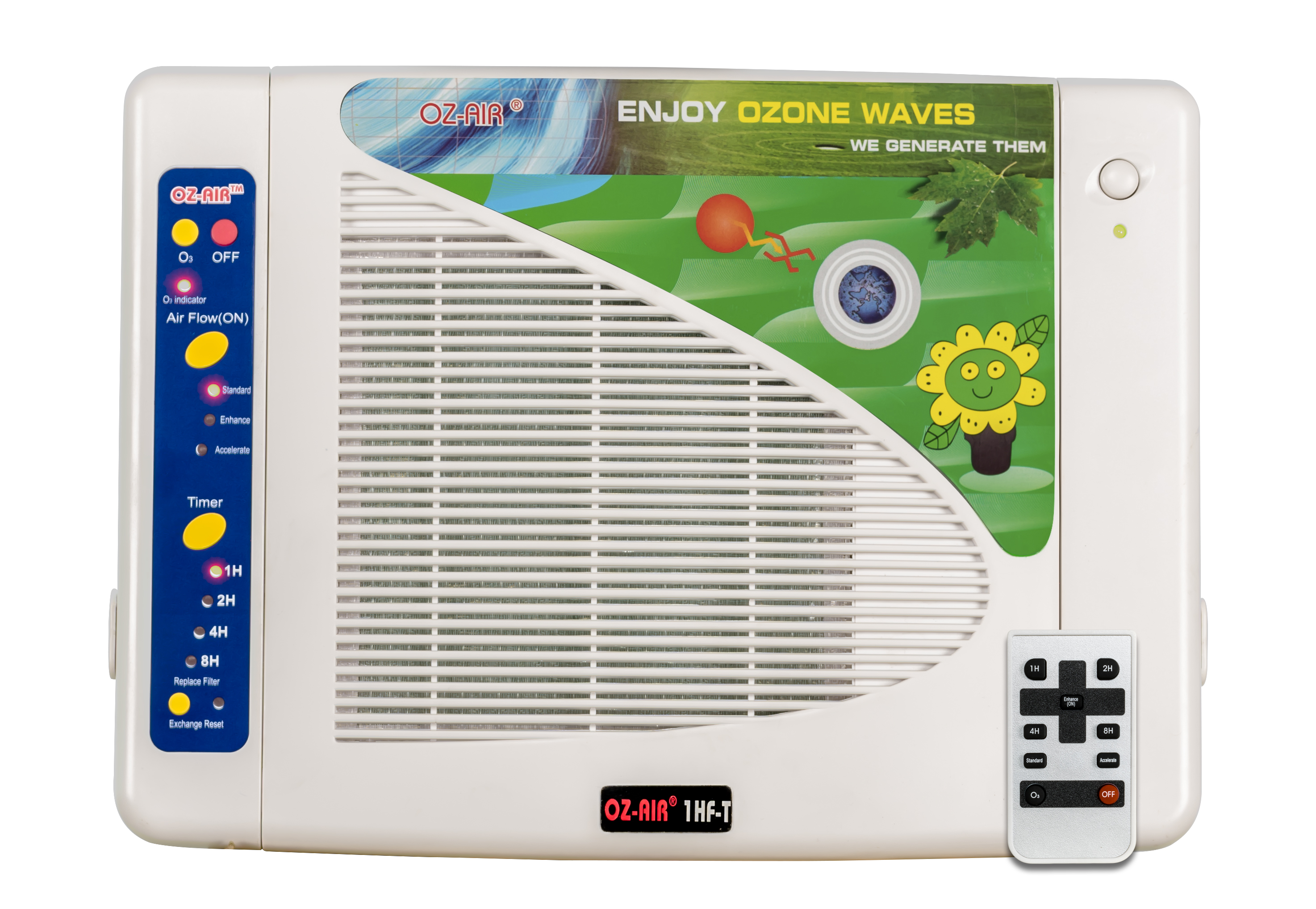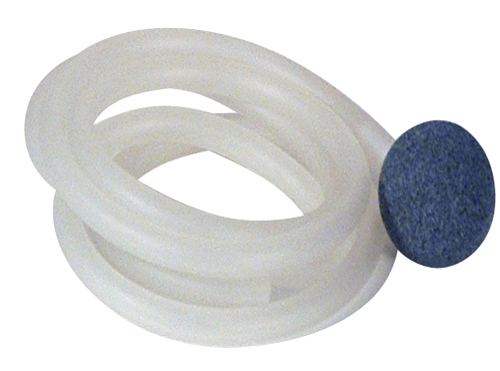

Air purifiers are devices designed to remove contaminants from the air, such as dust, pollen, pet dander, smoke particles, and other allergens. They work by pulling air through a series of filters to trap these particles, then circulating the purified air back into the room.
There are various types of air purifiers available on the market, each utilizing different technologies for air filtration:
1. HEPA (High-Efficiency Particulate Air) filters: These are highly effective at removing airborne particles as small as 0.3 microns in size. HEPA filters can capture a wide range of contaminants, including dust, pollen, mold spores, and pet dander.
2. Activated carbon filters: These filters are effective at removing odors, gases, and volatile organic compounds (VOCs) from the air. They work by adsorbing these substances onto a porous surface, trapping them within the filter.
3. UV-C light technology: Some air purifiers use ultraviolet (UV) light to kill bacteria, viruses, and other microorganisms that pass through the unit. UV-C light damages the DNA of these pathogens, rendering them unable to reproduce and causing them to die.
4. Ionic air purifiers: These purifiers release negatively charged ions into the air, which attract positively charged particles like dust and allergens. Once the particles are neutralized, they become too heavy to remain airborne and settle out of the air.


When choosing an air purifier, consider factors such as the size of the room you want to purify, the type of contaminants you want to remove, and any specific features you may need, such as programmable settings or quiet operation. Additionally, it's essential to regularly maintain your air purifier by replacing filters and cleaning the unit according to the manufacturer's instructions to ensure optimal performance.
An ozone-based air asepticizer is a device that uses ozone gas (O3) to purify and sanitize the air by neutralizing or destroying microorganisms such as bacteria, viruses, and mold spores.
Ozone-based air asepticizers work by generating ozone gas and dispersing it into the air within the environment to be treated. Ozone molecules react with contaminants, breaking down their molecular structure and rendering them harmless. This process effectively eliminates odors and kills airborne pathogens, making the air cleaner and safer to breathe.
The benefits include
Effective disinfection of the air, killing bacteria, viruses, and mold spores.
Odor neutralization by oxidizing odor-causing molecules.
Improvement in indoor air quality.
Reduction in the transmission of airborne diseases.
Potential reduction in allergic reactions to indoor pollutants.
While ozone is an effective disinfectant, it can be harmful to humans and animals in high concentrations. Overexposure to ozone can irritate the respiratory system and cause other health problems. Therefore, it's essential to use ozone-based air asepticizers with caution and according to safety guidelines.
Follow the manufacturer's instructions carefully.
Use the device in well-ventilated areas.
Avoid prolonged exposure to high ozone concentrations.
Ensure that the device is properly maintained and serviced regularly.
While ozone-based air asepticizers are effective at disinfection and odor control, they may not remove all indoor air pollutants, such as particulate matter (dust, pollen, etc.). For comprehensive air purification, it may be necessary to use additional filtration methods, such as HEPA filters.
Ozone-based air asepticizers can be suitable for various environments, including homes, offices, healthcare facilities, and industrial settings. However, their use should be tailored to the specific requirements and safety considerations of each environment.
Regulations and guidelines regarding the use of ozone-based air asepticizers may vary depending on location. It's essential to check local regulations and follow industry standards for safe and proper use.
Ozone-based air asepticizers should generally not be used in occupied spaces, as high ozone concentrations can be harmful to health. It's best to use these devices in unoccupied or well-ventilated areas.
Ozone-based air asepticizers are available from various manufacturers and suppliers. They can be purchased online or from retail stores specializing in air purification products. Be sure to choose a reputable manufacturer and product that meets your specific needs and safety requirements.